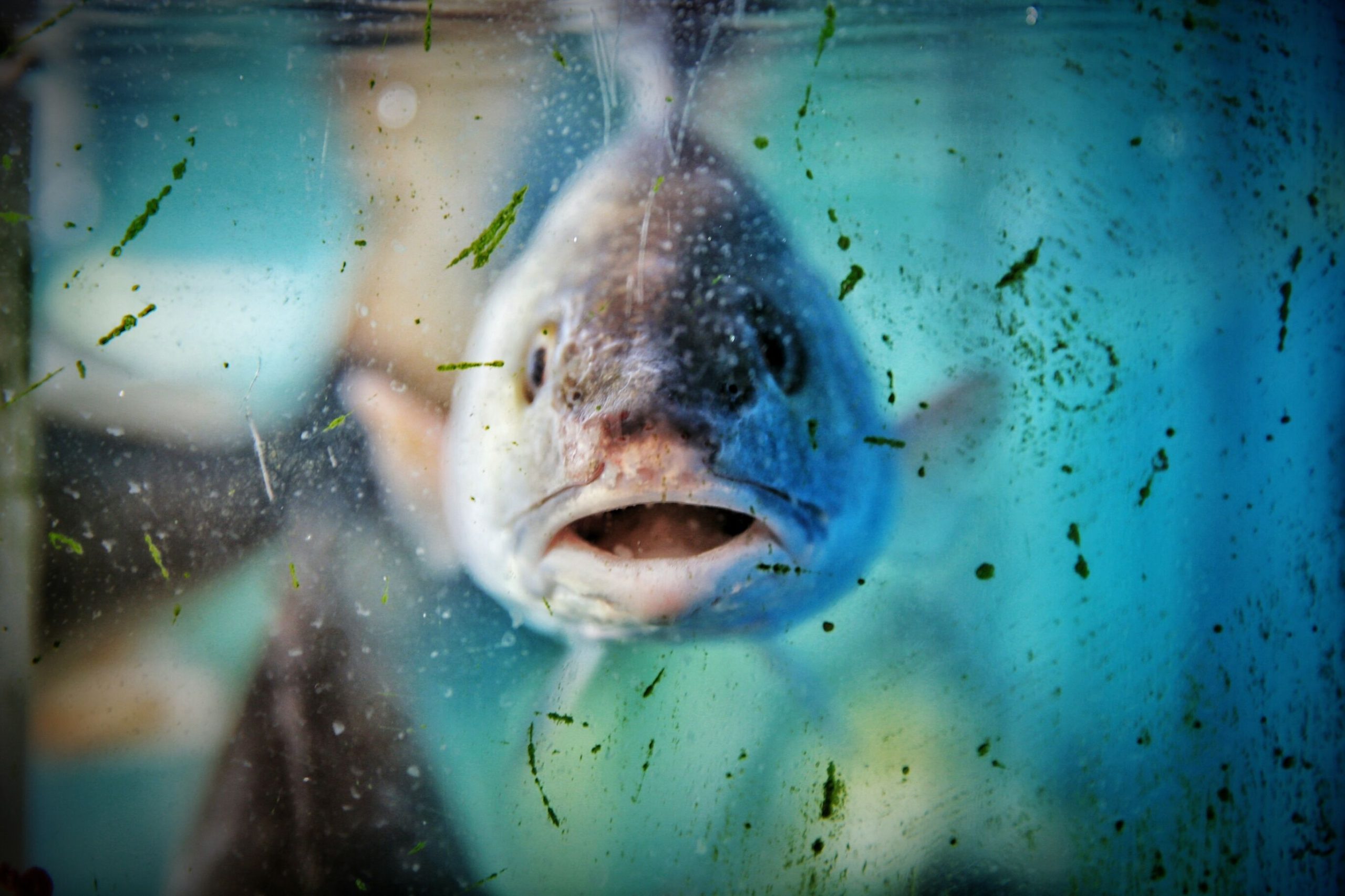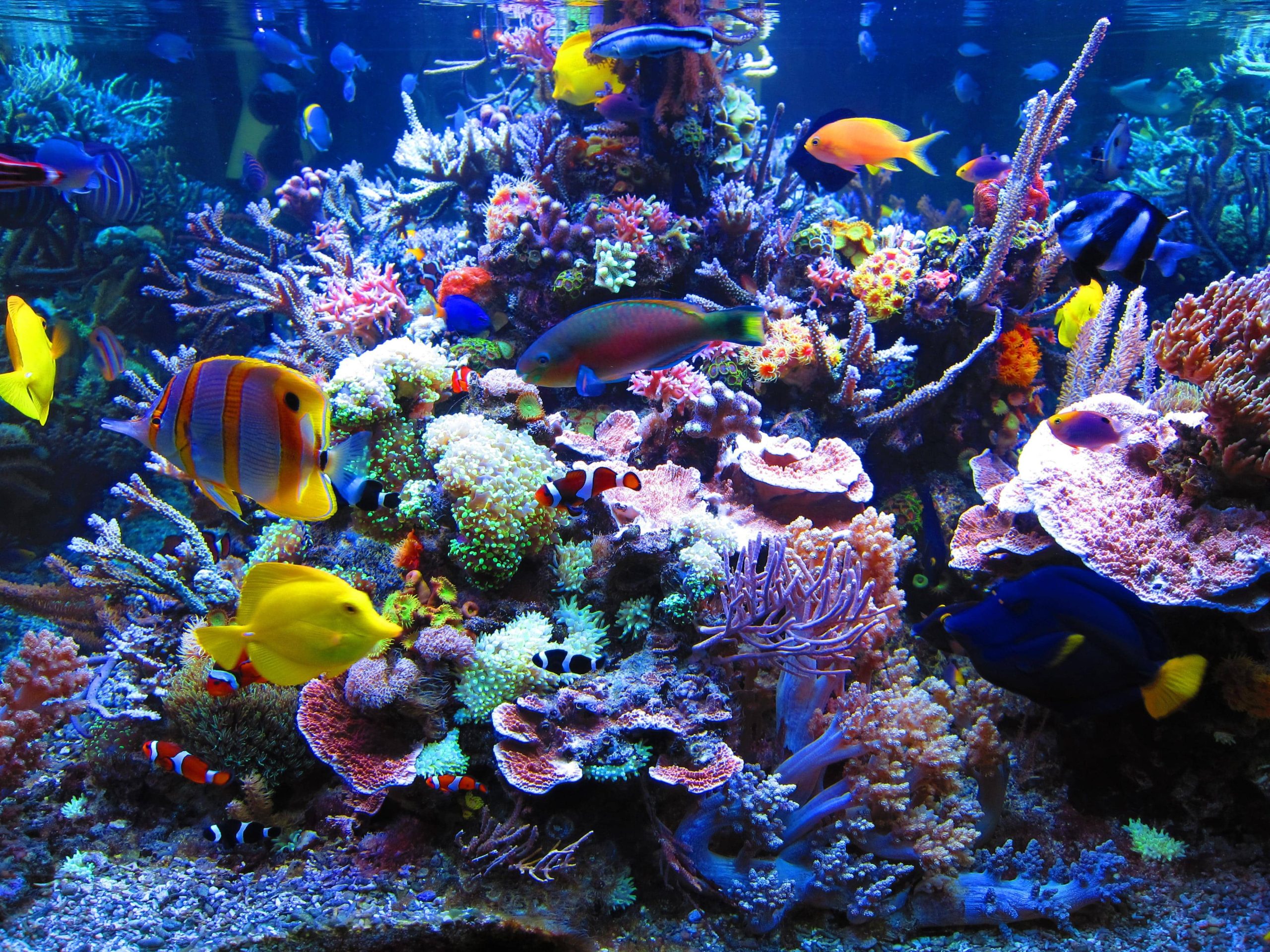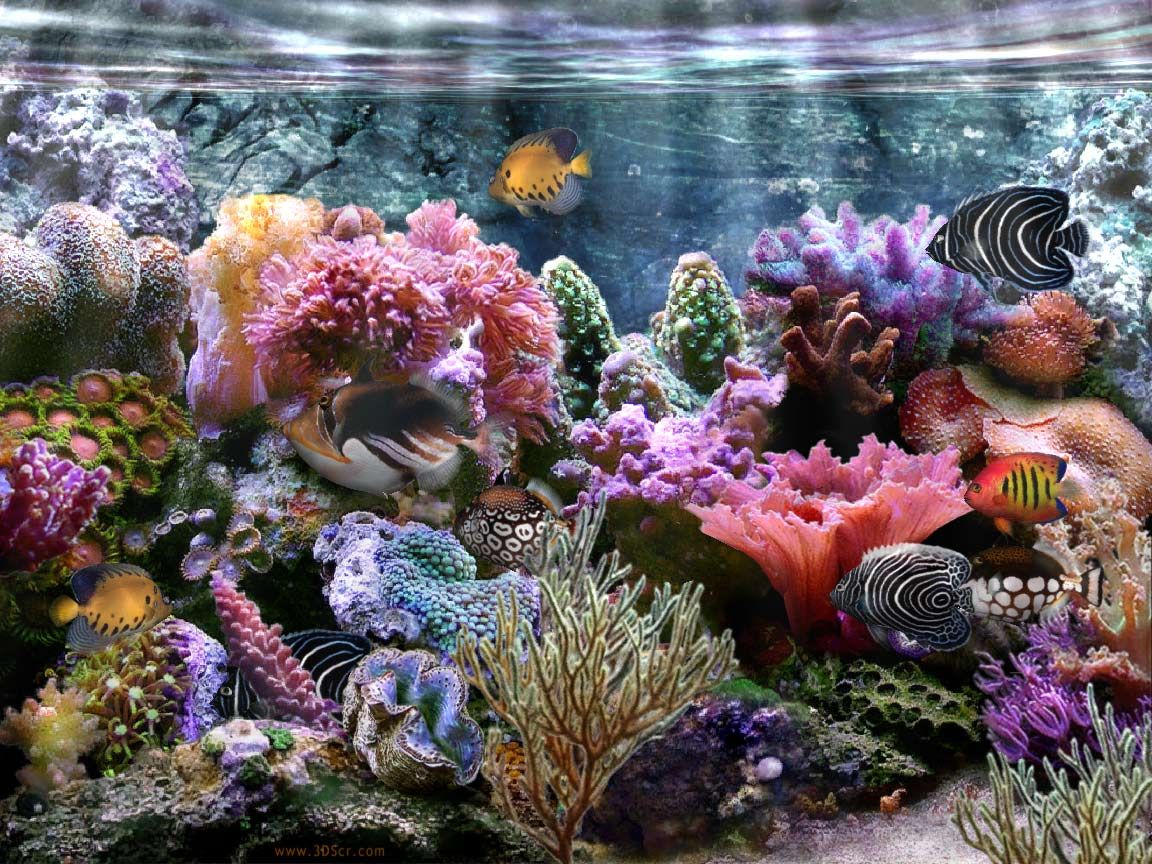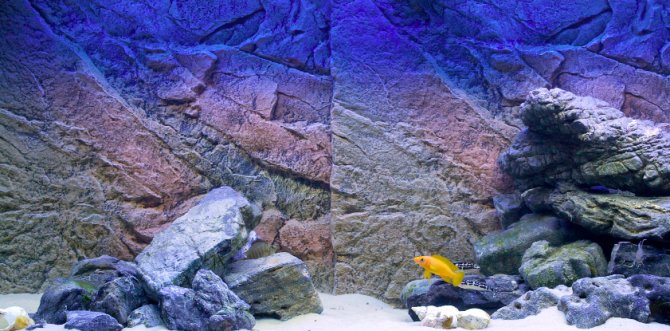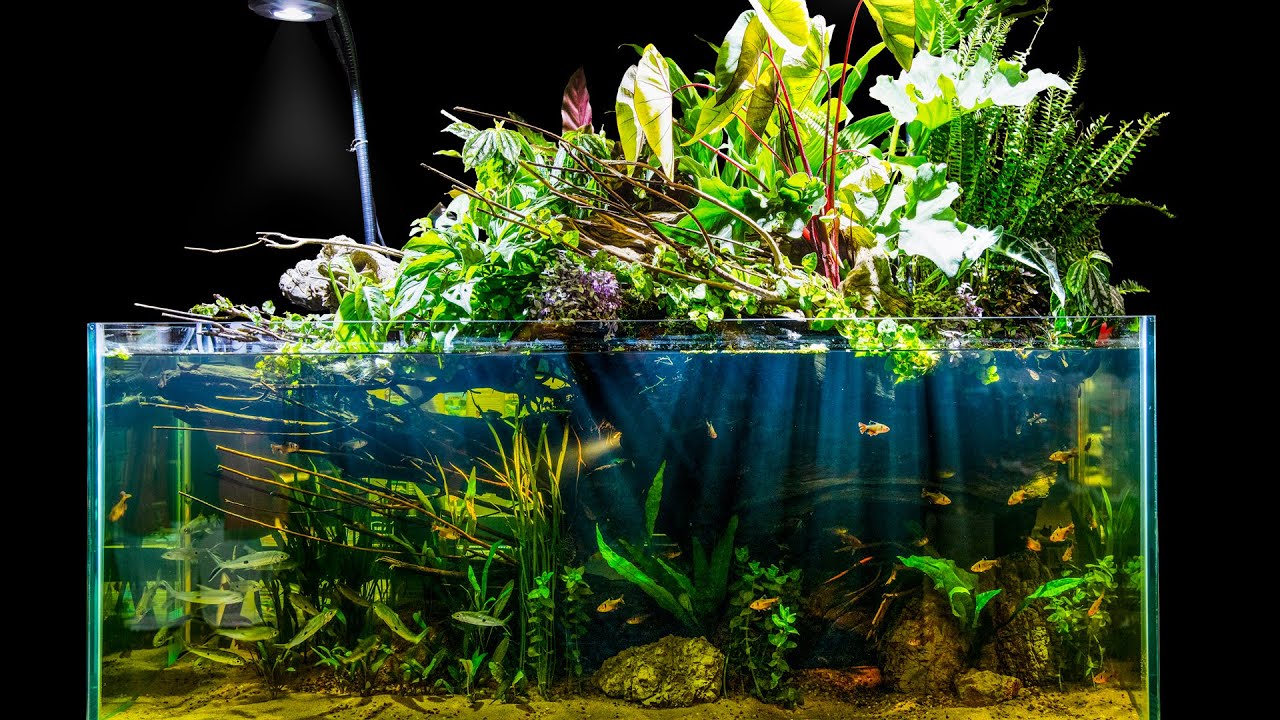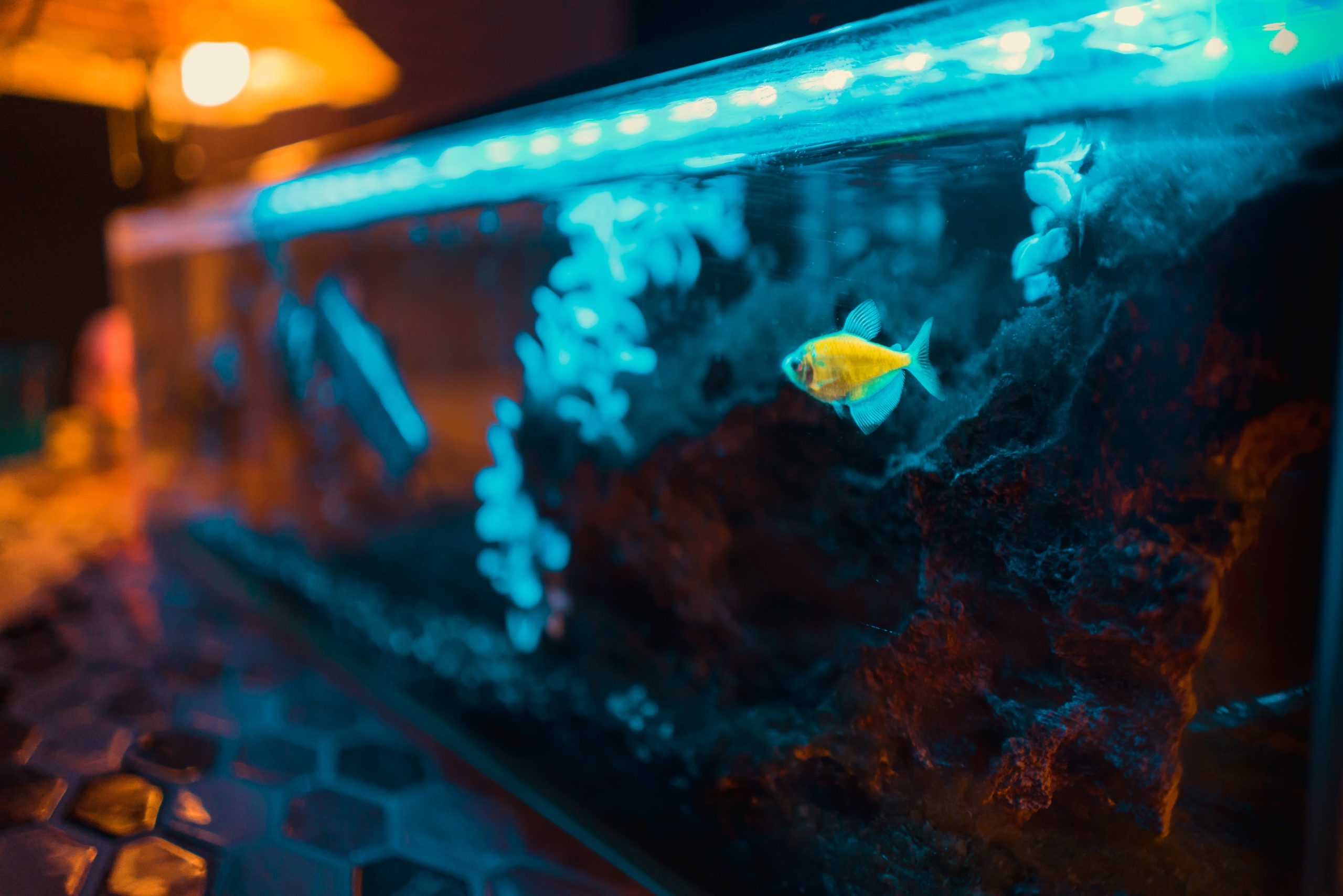The deterioration of the chemical balance of the water means the deterioration of its quality. The water values in your aquarium are important for your fish and other living creatures in your aquarium. Poor water quality can cause serious problems for aquarium inhabitants. For this, it is recommended to test the aquarium water at regular intervals. Thus, the chemical balance of the water can be controlled continuously.
If there is a problem with aquarium water, it is important to detect it early. An aquarium water test kit can be used to test aquarium water. For aquarists, this can be a bit expensive. However, not testing the water and not having regular aquarium maintenance can lead to serious aquarium problems. One of the most important problems that can be encountered is old tank syndrome. Sudden changes in water values are not expected in aquariums that have been alive for a while. It is expected to have more stable water values. However, in some cases, significant changes may occur in the water of your aquarium. Old tank syndrome occurs over time and is caused by the chemical balance of the aquarium water.
What Causes Old Tank Syndrome?
Old tank syndrome, as the name suggests, is a problem seen in living tanks. This problem is a situation where the water chemistry in the aquarium deteriorates and the water values change completely. In other words, the water balance of an aquarium with old tank syndrome is disturbed and becomes a dangerous environment for the fish in the tank. Some symptoms of this problem can be noticed externally. The most important symptom that can be seen from the outside is the formation of algae. Again, some aquariums can be seen as balanced and healthy when viewed from the outside. However, when the necessary tests are made, a different table will be encountered. There are many factors that can cause old tank syndrome. We can explain these reasons as follows.
One of the situations that cause old tank syndrome is that the aquarium is not cleaned regularly. It should not be forgotten that aquariums are closed environments where different aquatic creatures live. It is the duty of the aquarist to change the water and keep its values in balance. For this reason, cleaning should not be interrupted for the health of fish and other creatures living in the aquarium. Otherwise, the pH of the water changes due to increased feed, rotten aquarium plants, and fish excrements. Again, an increase in nitrate occurs in aquariums without regular water changes. Nitrate cannot be removed from the aquarium water by itself. If it cannot be removed with water change, algae using nitrate will begin to form. Algae multiply very quickly when they find a suitable environment and the aquarium algae problem can become uncontrollable.
The aquarium filter removes a significant portion of the water-polluting waste from the aquarium. However, these wastes remain in the filter until they are cleaned. Filter cleaning should not be disrupted to remove toxic substances such as ammonia and nitrate.
Another reason for encountering old tank syndrome is the low level of calcium in the water. Low calcium levels have some effect on the pH value. If the calcium level is low, the pH level decreases. In such a case, the live rocks and coral sand in the aquarium begin to dissolve and the environment begins to show an acidic feature. As the value rises above 500, calcium collapses, and a white deposit forms on the ground. To prevent this, when low calcium is measured, powdered calcium or calcium should be added to the water.
Some fish begin to adapt to changes in the water when the above-mentioned situations begin to occur in the aquarium. However, weakfish cannot adapt to changes in water values and die.
Another factor that can worsen the water quality over time is to have more fish in the aquarium than it should be. Remember that aquariums are closed ecosystems and this ecosystem has a limit. You should remember that your filtration system has its limits and when these limits are exceeded, the pollution will increase rapidly. Check if your aquarium is sized enough, taking into account the types and numbers of fish in your aquarium. If you have a lot of fish for your aquarium, you may consider giving some of your fish to a friend.
The gravel in the aquarium floor can become more contaminated over time than you might expect. Factors such as uneaten food residues, fish droppings, rotten plants can contaminate the gravel. To prevent this, gravel should be siphoned during water changes. In this way, things that may cause pollution inside the gravel are removed.
Dead fish that you do not notice in your aquarium can also cause negative changes in water values. Dead fish can be difficult to spot, especially in densely planted aquariums. Dead fish remaining in the water can cause sudden and serious changes in water values. No matter how well your aquarium’s filtration is, it is very difficult to deal with this situation. If you cannot find a different reason in your aquarium, it would be useful to have a detailed look at your aquarium.
What are the Symptoms of Old Tank Syndrome?
The old tank syndrome can be clearly understood by adding new fish to the aquarium. Because although fish can adapt to even the harshest environments over time, sudden environmental changes create a shock effect on them. Therefore, the reason for the death of the newly added fish is that the aquarium water is uninhabitable for the new fish. Because the pH value of the water is low and the ammonia and nitrate levels are high. Old fish, on the other hand, may not show signs of being affected by the unhealthy conditions in the tank, as we mentioned earlier. The reason for this is that the old fish have become accustomed to the water balance and reduced bacterial levels over time.
Older tank syndrome symptoms are often noticed when aquarium water is tested. When water is tested, it is seen that nitrite and ammonia levels are high enough to threaten the life of living things. Again, one of the most important symptoms of old tank syndrome is usually a drop in pH. If the pH is lower than 6, it triggers the loss of beneficial bacteria culture in the aquarium and an increase in ammonia and nitrite.
How Do You Fix Old Tank Syndrome?
If you have determined that you have old tank syndrome in your aquarium, then you should try to fix aquarium water parameters. For this, you need to make water changes. However, water change should be done gradually. Otherwise, fish accustomed to poor water quality due to large water changes will die from the sudden change. So your tank may look new and clean but you will lose your fish. Therefore, you need to change a small amount of water every day. Ideally, 10% – 15% water change every day until the values in the tank return to normal. As the beneficial bacteria culture occurs in the tank, nitrite and ammonia levels will reach levels close to zero as they should be.
To avoid old tank syndrome, you can change up to 20% of the water regularly once a week. Using only as much fish food as necessary, checking the water regularly with aquarium tests, and using a good filter will greatly help prevent the problem from occurring.
Disrupting and rebuilding the tank to save it is quite dangerous. Because this will lead to the so-called new tank syndrome, which is caused by a lack of bacterial culture. In this case, fish deaths are inevitable.
In addition to these, the filter should be cleaned and the fish should be fed little by little at first. This is effective in avoiding sudden increases in ammonia and nitrite until the aquarium returns to normal. After about a month, the fish can be fed with a normal diet.
How to Prevent Old Tank Syndrome?
The most important and effective factor that can be done to prevent old tank syndrome is regular water changes. A regular weekly 20% water change keeps the pH values of the water and other important values at a healthy level. However, large amounts of water changes should be avoided. Otherwise, serious changes may occur in water values. In addition, tests can be performed to check the water values at regular intervals. The results must be recorded and followed. In this way, a comparison with previous tests can be made. It is important to regularly test the water with aquarium tests, to check the health of the fish and to detect the presence of a problem, and to intervene early.
In addition to these, aquarium filter cleaning should not be interrupted. With the cleaning to be done once a week, the residues on the filter will be removed. In addition, it is checked whether the filter is working properly or not.

